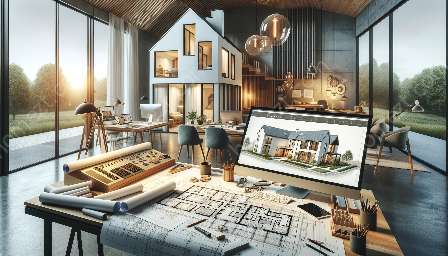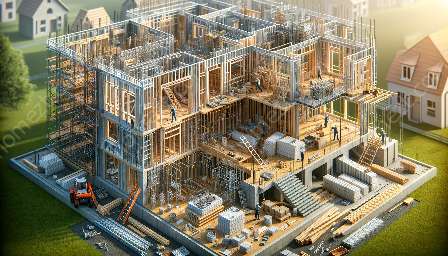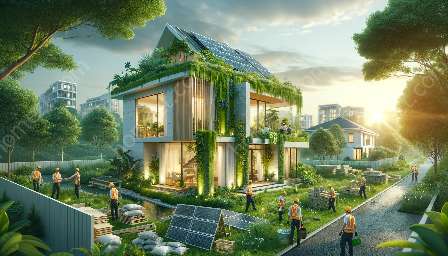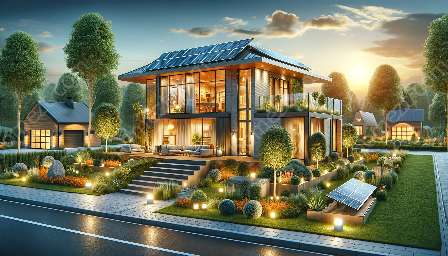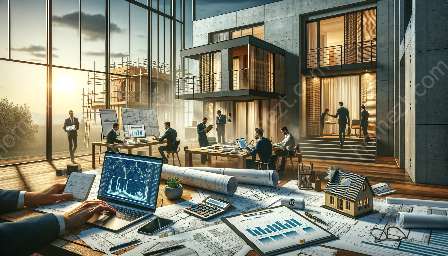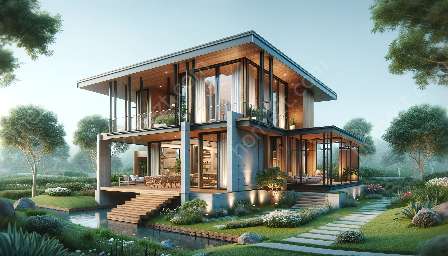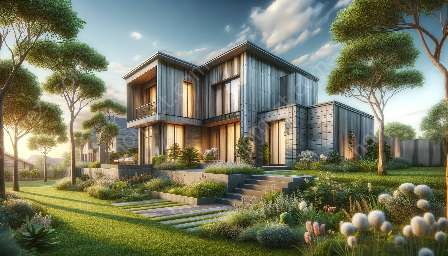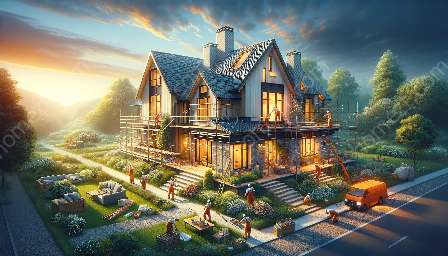As a home builder, understanding retrofitting and remodeling techniques is essential to stay competitive and meet the evolving needs of homeowners. Retrofitting refers to the process of adding new features or technology to older systems, while remodeling involves making changes to the structure and appearance of a home. Both of these techniques are important in improving the functionality, aesthetics, and value of homes. In this comprehensive guide, we will explore various retrofitting and remodeling techniques that are compatible with home builders and can help enhance homes in a real and attractive way.
1. Understanding Retrofitting
Retrofitting is the process of upgrading or modifying existing systems to improve their performance, safety, and efficiency. Home builders can employ various retrofitting techniques to modernize homes and address issues related to energy consumption, structural integrity, and environmental sustainability. Here are some popular retrofitting techniques:
- Energy-Efficient Windows and Doors: Upgrading to energy-efficient windows and doors can improve insulation and reduce heating and cooling costs for homeowners.
- Solar Panel Installation: Installing solar panels on roofs can provide renewable energy and reduce the environmental impact of a home's energy consumption.
- Insulation Upgrades: Adding or improving insulation in walls, floors, and attics can enhance thermal performance and reduce energy waste.
- Smart Home Technology Integration: Incorporating smart home technology, such as automated lighting, thermostats, and security systems, can enhance convenience and energy management.
- Seismic Retrofitting: Strengthening the structural components of a home to resist seismic forces can improve safety and reduce the risk of damage during earthquakes.
2. Embracing Remodeling Techniques
Remodeling involves making changes to the structure, layout, and design of a home to enhance its functionality and aesthetics. Home builders can leverage various remodeling techniques to revitalize homes and meet the preferences of modern homeowners. Here are some remodeling techniques that can be applied:
- Kitchen and Bathroom Upgrades: Renovating kitchens and bathrooms with modern fixtures, appliances, and finishes can significantly improve the appeal and value of a home.
- Open Floor Plan Design: Removing walls and creating open floor plans can enhance spaciousness, natural light, and the flow of a home, catering to contemporary lifestyle preferences.
- Exterior Enhancements: Upgrading exteriors with new siding, roofs, windows, and landscaping can improve curb appeal and contribute to a home's overall appearance and value.
- Accessible Living Features: Incorporating accessibility features, such as ramps, wider doorways, and lever-style handles, can make homes more inclusive and accommodating for all residents.
- Customized Built-Ins: Designing and installing customized built-in shelves, cabinets, and storage solutions can optimize space and functionality while adding a personalized touch to a home.
3. Considerations for Implementing Techniques
When implementing retrofitting and remodeling techniques, home builders need to consider several factors to ensure successful outcomes and customer satisfaction. Some important considerations include:
- Compliance with Building Codes: Adhering to local building codes and regulations is crucial to ensure the safety, legality, and quality of retrofitting and remodeling projects.
- Energy Performance and Efficiency: Prioritizing energy-efficient solutions can not only benefit homeowners in terms of cost savings but also contribute to environmental sustainability.
- Quality of Materials and Craftsmanship: Using high-quality materials and skilled craftsmanship is essential to achieve durable, functional, and visually appealing results in retrofitting and remodeling projects.
- Client Communication and Collaboration: Engaging in open communication and collaboration with homeowners throughout the process is vital to understand their needs, preferences, and concerns, ultimately leading to satisfactory outcomes.
- Budget and Timeline Management: Balancing budgetary constraints and timeline expectations is crucial to deliver retrofitting and remodeling projects within agreed-upon parameters.


